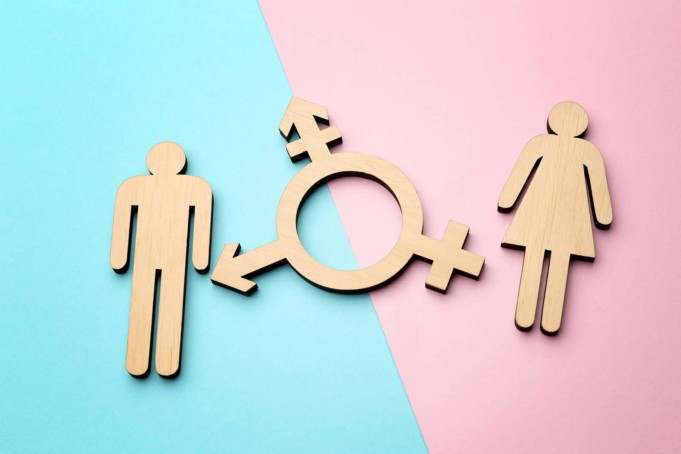In recent years, there has been a movement in quality eating disorder treatment centers to more openly address the inequalities in eating disorder recovery and the incidence of eating disorders requiring treatment in the transgender community.
This is due to the much higher occurrence of all eating disorders and causative factors like body dysmorphic disorder in trans populations as compared to the general community. Per one recent study, transgender college students experienced a rate of eating disorders needing treatment four times higher than their peers.
Eating disorder treatment facilities, when planning their treatment programs, can certainly include gender-affirming policies in their eating disorder treatment programs.
Yet what can be done to help reduce eating disorders in the transgender community even before the need for eating disorder treatment arises?
Respecting Human Dignity
First, it must be understood that gender dysphoria is not the sole cause or even the main cause of eating disorders. Eating disorder recovery specialists who focus on transgender eating disorder treatment note that every eating disorder from anorexia nervosa to ARFID is a complex issue stemming from several possible causes.
However, certain social and institutional factors in the way transgender people receive eating disorder treatment and general treatment can instigate or exacerbate the onset of eating disorders.
Doctors, psychiatrists, and even mental health care providers can be as slow to recognize the unique needs transgender people have as the rest of the population, and this can lead to a lack of respect in treatment that reinforces some of the feelings of being misunderstood or ignored that transgender people often experience.
An example might be a transgender man, visiting the doctor, who sees that the doctor consistently using the wrong pronoun in the charts, reinforcing the sense that the gender dysphoria is not being taken seriously.
Of course, this is most usually not due to malicious intent or bigotry on the part of the provider, but a lack of familiarity with the treatment of transgender individuals.
Incidence of Co-occurring Disorders
Eating disorder facilities and their staffs are used to treating co-occurring disorders like PTSD or anxiety as part of their eating disorder recovery programs, as they are relatively common. However, trans people are also at a higher risk of presenting these disorders. That means the trans population is doubly at risk.
These mental health disorders are known to induce certain behavioral symptoms that are intended to alleviate the negative feelings they create. These are typically known as “coping behaviors.”
They can manifest as drug or alcohol abuse, self-harm (i.e. cutting, etc.) or binging and purging. Of course, these kinds of coping behaviors can become addictive in their own right, and they can become central components of eating disorders like bulimia nervosa and binge eating disorder.
Before reaching the point where eating disorder facilities’ help is necessary, gender-affirming mental health care can identify the presence of anxiety, depression, obsessive-compulsive disorder, or other mental health disorders commonly comorbid with eating disorders.
This can assist in preventing the coping behaviors like purging or food intake restrictions that characterize eating disorders. In the case of an especially at-risk group like transgender people, it can help to prevent an incipient eating disorder.
Eating Disorders in the Transgender Population Can Be Prevented
Many of the causes of mental health disorders such as genetic influence, body dissatisfaction or dysphoria, environmental factors like peer pressure, and biological influences can also directly influence the onset of eating disorders, especially through various coping behaviors.
Being at a higher risk for both mental health illness and disordered eating and exercise behaviors, trans individuals can be more susceptible to each of them. However, this isn’t a cause for despair; with progressive attitudes prevailing in the transgender eating disorder treatment world, there is always hope.
By respecting each person’s basic human dignity, preventative measures surrounding reducing the need for eating disorder recovery in the trans population is possible.
Even something as simple as respecting the client’s preferred nomenclature can make all the difference for someone facing discrimination in large and small ways on a daily basis.
Added to the compassionate care the cisgender population normally receives for mental health treatment, eating disorders can be reduced in the trans population as well.












